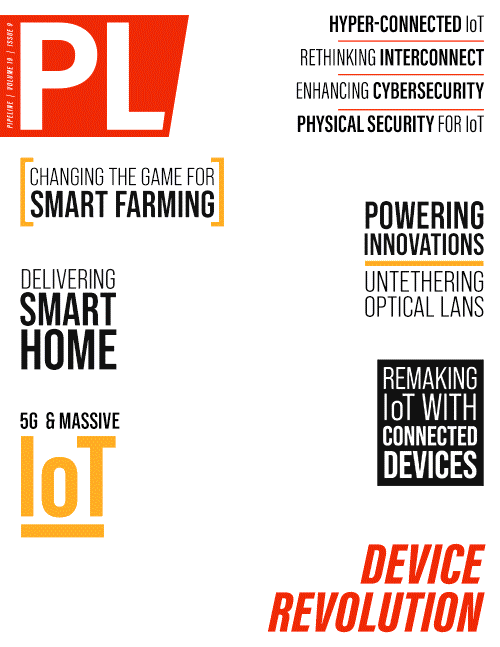Delivering Smart Home
By: Paul Hendriks

The concept of a smart home, powered by the Internet of Things (IoT), has come a long way since its inception. What was once a futuristic idea has now become a reality, transforming the way we live and interact inside our homes. Smart home technology has rapidly evolved, offering numerous benefits as well as presenting new challenges that require thoughtful consideration.
Significant Growth in the Smart Home Market… But is This the Case For Broadband Service Providers?
The smart home market is experiencing significant growth, driven by advancements in technology and increasing consumer demand for convenience, comfort, and energy efficiency. According to market research, the global smart home market is projected to reach a value of USD 170 billion by 2025 (Strategy Analytics), with a compound annual growth rate (CAGR) of 26%.
Major players in the market include technology giants, startups, and many different types of service providers, all vying for a share of the growing market. Broadband service providers have a strong starting position in their quest to become the *winners* of the smart home. Given their existing customer base, access to broadband connectivity with the home router already in place, and the ability to offer differentiated service offerings and monetize value added services, they find themselves in a unique situation.
Unfortunately, many have battle scars from selling IoT hardware in the past, which has made them somewhat hesitant to step back into the arena. Bringing a Trojan Horse into your network in the form of a tech giant that will undoubtedly take over your customer relationship is certainly not a great option. Instead, consider adopting a value-added services platform on top of the home router network, and leveraging broadband service providers' privacy and security capabilities.
Pluriformity in Technology is Both a Blessing and a Curse... Should We Wait for Matter? Security and Privacy are Paramount
The underlying technologies that power the smart home and home IoT are constantly evolving. From smart sensors and devices to connectivity solutions like Wi-Fi, Zigbee, Z-Wave, and Bluetooth, these technologies enable communications in a smart home ecosystem. This pluriformity enables freedom for consumers to choose their services, while fostering innovation and competition for operators. It also results in fragmentation and compatibility issues, however, adding new problems and frustrations to users.
Standardization efforts under the umbrella of Matter are underway to ensure interoperability and compatibility between different smart home devices and platforms. Matter is aiming to be an overarching interoperable application layer for all types of IoT devices, using Ethernet, Wi-Fi, Bluetooth Low Energy and Thread, to make the smart home more secure. Although Matter seems like a good step forward, it is quite far off reaching mass market.
The technology is not mature enough, and it is questionable if existing IoT devices will be updated and can work without multiple hubs. The improved encryption will not prevent cyberattacks and breaches from the outside. Let us keep an eye on Matter and adopt its specifications when it is ready. In the meantime, we must focus on platforms that integrate different connectivity solutions and embed very strict IoT security to combat omnipresent cyberattacks.
User Experience is Critical in Our Adoption of the Smart Home... But Why is the Industry Dramatically Failing?
Ensuring a simple and intuitive user experience is crucial for the widespread adoption of smart home solutions. Navigation should be easy and the setup process streamlined to minimize technical barriers for users. Mobile applications and voice



















